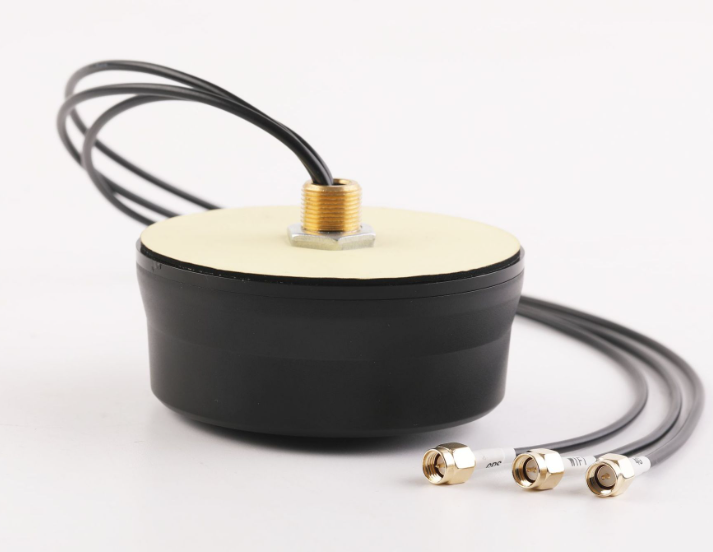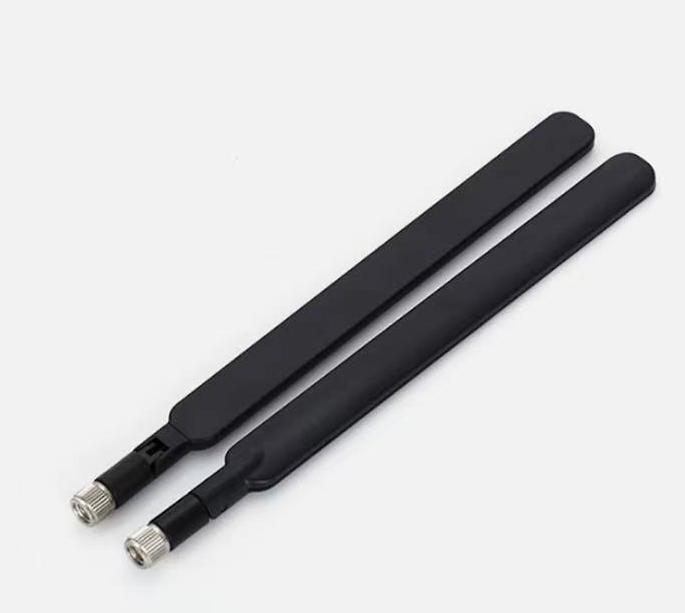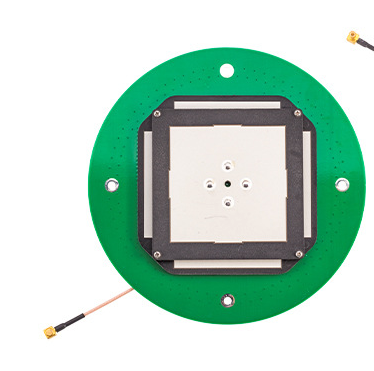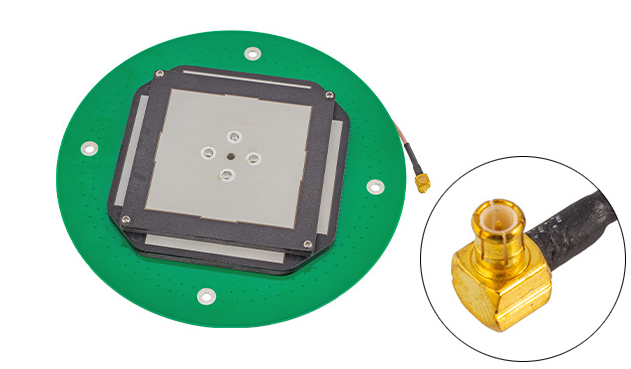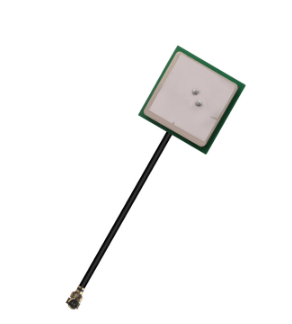Gps antenna construction (GPS antenna construction, exploring the core components of modern positioning technology)
With the rapid development of Global Positioning system (GPS) technology, people pay more and more attention to the performance and structure of GPS antenna, which is the key equipment to receive GPS signals. GPS antenna is an important component that receives signals transmitted by GPS satellites in space and converts them into identifiable electrical signals. This paper will introduce the structure and working principle of GPS antenna in detail, and explore its inherent technical mysteries.
Basic structure of GPS Antenna
1. Receiving chip: the core component of GPS antenna is the receiving chip, which is responsible for receiving and analyzing GPS satellite signals. The receiving chip usually has high sensitivity and anti-interference ability to ensure that GPS signals can be received stably in various environments.
2. Antenna oscillator: the antenna oscillator is another important component of the GPS antenna, which is responsible for receiving electromagnetic waves and converting them into electrical signals. The shape and size of the antenna oscillator will affect the receiving performance of the GPS antenna.
3. Feeder: the feeder is the connection line that transmits the received signal from the antenna oscillator to the receiving chip. The high-quality feeder can ensure the stable transmission of the signal and improve the performance of the GPS antenna.
4. Shell: the shell of the GPS antenna is usually made of metal or plastic, which is used to protect the internal electronic components from the external environment. The shell is also designed to prevent electromagnetic interference and improve the performance and stability of the GPS antenna.
Types and characteristics of GPS Antenna
1. Spiral antenna: spiral antenna is the most common type of GPS antenna, and its shape is similar to that of spring. This kind of antenna has good circularly polarized characteristics and is suitable for various applications.
2. Patch antenna: patch antenna is a thin, lightweight GPS antenna, which is suitable for portable equipment. It has good performance, but it is easily affected by the surrounding environment.
3. Ceramic antenna: ceramic antenna has high stability and durability, so it is suitable for applications requiring high sensitivity and stability, such as automobile navigation and outdoor equipment.
Working principle of GPS Antenna
GPS antennas work by receiving radio signals from GPS satellites that contain location information about the satellite. The GPS antenna receives and parses this information and then transmits it to a receiver, such as a smartphone, navigation device, or other GPS device. The GPS antenna is constructed to capture a weak signal and convert it into a clear electrical signal for processing and positioning.
Optimization and improvement of GPS Antenna
In order to improve the performance of GPS antenna, researchers continue to carry out technological innovation and optimization, improve the sensitivity and anti-jamming ability of GPS antenna by improving the design of receiving chip and antenna oscillator, and reduce signal loss and improve anti-jamming ability by optimizing the design of feeder and shell. With the emergence of new materials and technologies, the future GPS antenna may be more portable, efficient and multi-functional.
As the key equipment to receive GPS signals, the performance and construction of GPS antenna are of great significance to improve the positioning accuracy and stability. This paper introduces in detail the basic structure, types, characteristics, working principle, optimization and improvement of GPS antenna. With the continuous development of technology, we believe that the future GPS antenna will be more advanced and bring more convenience for people's life.
The construction of GPS antenna is one of the core components of modern positioning technology. Through in-depth understanding of the structure and working principle of GPS antenna, we can better appreciate the charm of this technology and look forward to its more application and development in the future.
